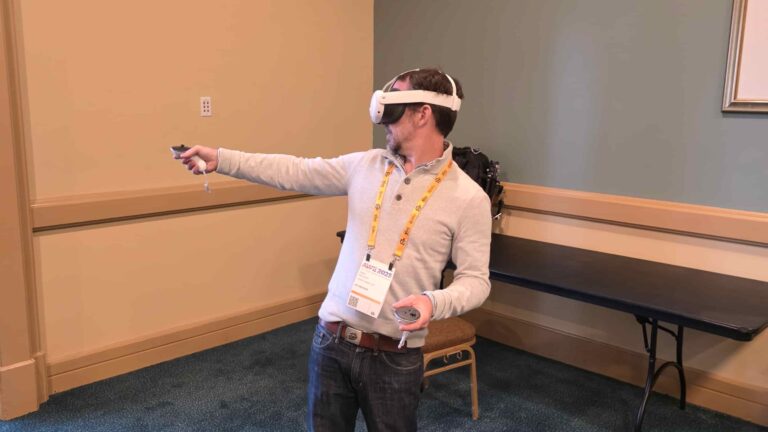
The current era of AR was partly kicked off by the 2016 breakout of Pokémon Go. The early excitement around the field was also generated by its adjacency to VR, which was likewise going through an investment and excitement bubble, sparked by Meta’s 2014 acquisition of Oculus.
Back to AR, Pokémon Go has come to define the space as a model for consumer success. Unfortunately, few have been able to replicate the model or reach similar heights, including Niantic itself. By that, we mean 650 million users at its peak and about $8 billion in lifetime revenue.
Other attempts by Niantic include Harry Potter Wizards Unite and NBA All-World, both of which were sunset. These failed to come anywhere close to Pokémon Go’s traction and revenue. And earlier this year, Niantic sold Pokémon Go to focus on its platform and rebrand to Niantic Spatial.
But the story isn’t over for geospatial, outdoor, and communal AR gaming. Pokémon Go’s legacy as a use case will be carried on by someone other than Niantic… or Pokémon Go’s new owner, Scopely. It could germinate from a small but pedigreed game company called Monsarrat.
Wide Net
We first met Monsarrat at AWE USA, where founder and CEO Johnny Monsarrat gave us a demo and company briefing. Monsarrat himself is a game industry veteran whose bona fides include founding MMO legend Turbine. He’s also spent time at The MIT Media Lab, and Harvard.
The company is built on heavily patented technology that follows aspects of Pokémon Go, but is mostly built on a unique format. The comparison to Pokémon Go is more about broader factors, such as outdoor communal play, as the game mechanics themselves aren’t PGO-like.
For example, Monsarrat’s flagship is an outdoor RPG called Landing Party. In one game level, users try to reach an escape ship while fending off attacking furry mutants. This all takes place with the real world as the gamescape, while digital elements and characters are overlaid.
Monsarrat is also casting a wide net of compatibility (read: addressable market) with play possible on mobile AR, as well as XR devices ranging from XREAL to Quest 3. Smartphone play is more portable while XR-play is more immersive and field-of-view advantaged. The choice is offered.
Surface Area
But the thing that makes Landing Party most unique is a patented game mechanic that lets you shift the entire game environment to fit your space. This comes in handy if a game element sits at a virtual distance that exceeds the distance you can reach – due to obstacles – in the real world.
This involves a long press on the virtual world, then spinning it and releasing it where desired. In the demo we received in the AWE Press Room, we ran into walls before reaching in-game destinations. So we spun the world around to the room’s open space and proceeded forward.
This process was done a few times while trying to reach the escape ship in the game’s storyline. It made the experience freeing in terms of accommodating the space. And that’s the point, according to Monsarrat. It makes expansive gameplay possible in any space, including indoors.
When you combine that adaptability with cross-device compatibility, a theme emerges: scalability. By eliminating barriers to adoption, such as the need for open outdoor spaces or specific devices, it increases the surface area – figuratively and literally – for gameplay.
X Factor
But Monsarrat isn’t done there. To go another step in expanding the game’s scalability and addressable market, remote multiplayer support is in the roadmap. This will let far-flung users play together as they each occupy the geometry of their respective spaces.
But all of these scalability and market-expanding moves mean nothing if the game doesn’t have the ultimate X-factor: fun. On that measure, the gameplay is engaging. As noted, it involves a mission-oriented storyline with a good balance of suspense, challenge, and attainability.
Altogether, Landing Party and Monsarrat have the ingredients to succeed Pokémon Go as a geospatial gaming favorite. And with Niantic hanging up its game development hat, it leaves an opportunity gap for Landing Party and other titles that could be built on its tech.
“With foundational patents and proprietary tech, they’re bringing outdoor gaming into major genres – action, role-playing, racing, strategy – that have long thrived on PC and console but never successfully translated outdoors,” said former Niantic VP of business development Jenna Seiden.
